yellow jacket eVac Pro User manual
Other yellow jacket Measuring Instrument manuals
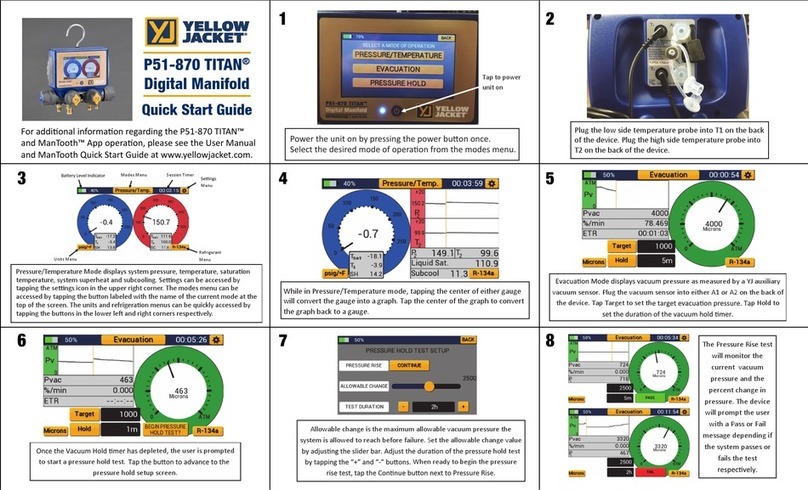
yellow jacket
yellow jacket TITAN P51-870 User manual

yellow jacket
yellow jacket YJACK Series User manual
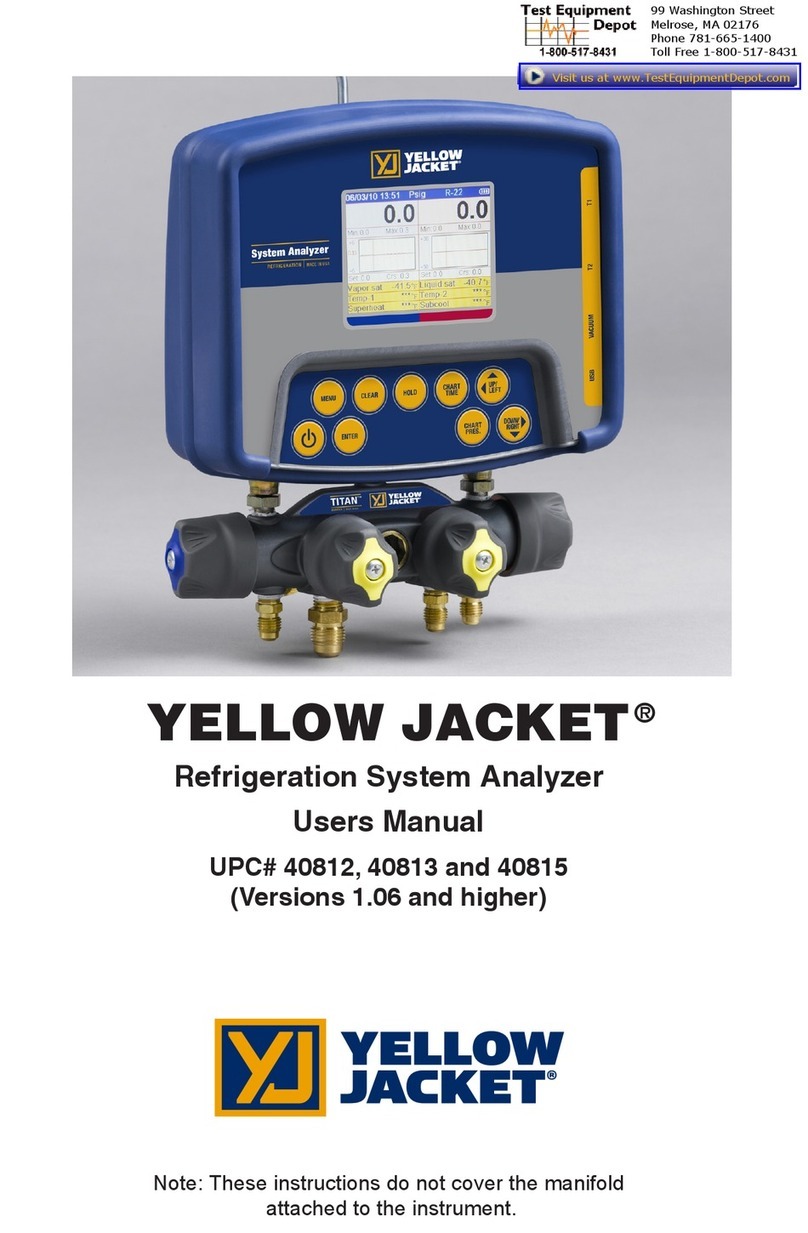
yellow jacket
yellow jacket 40813 User manual

yellow jacket
yellow jacket YJACK Series User manual
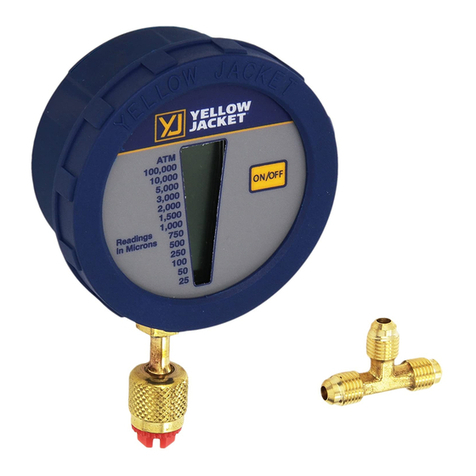
yellow jacket
yellow jacket 69080 User manual

yellow jacket
yellow jacket 40870 User manual

yellow jacket
yellow jacket 69008 User manual
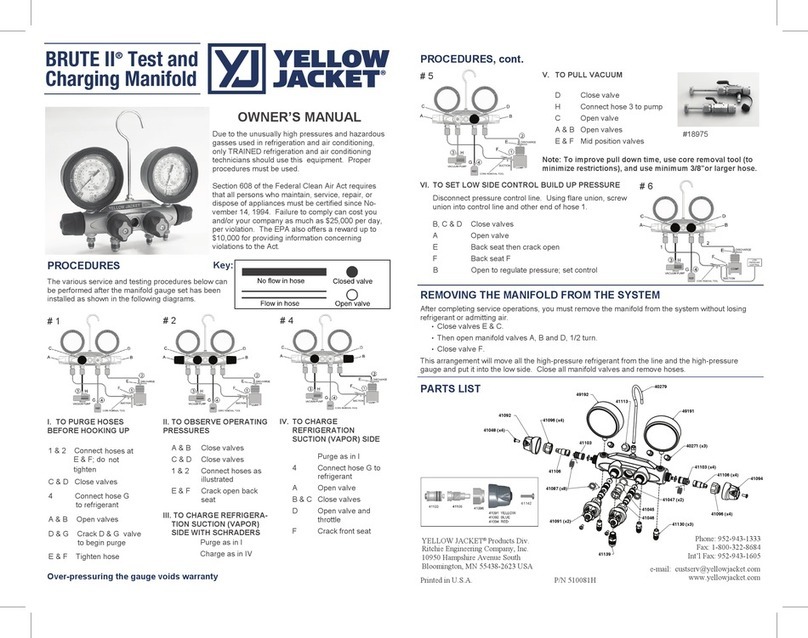
yellow jacket
yellow jacket BRUTE II User manual

yellow jacket
yellow jacket 69008 User manual

yellow jacket
yellow jacket 68961 User manual
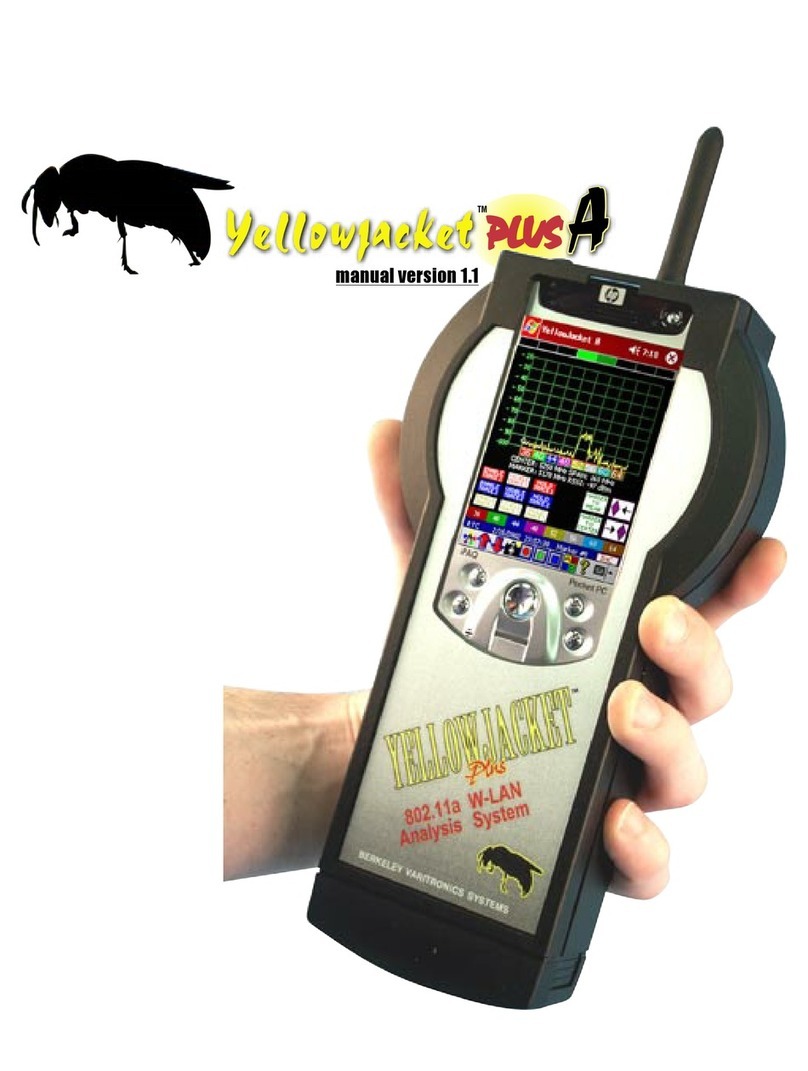
yellow jacket
yellow jacket PLUS A User manual
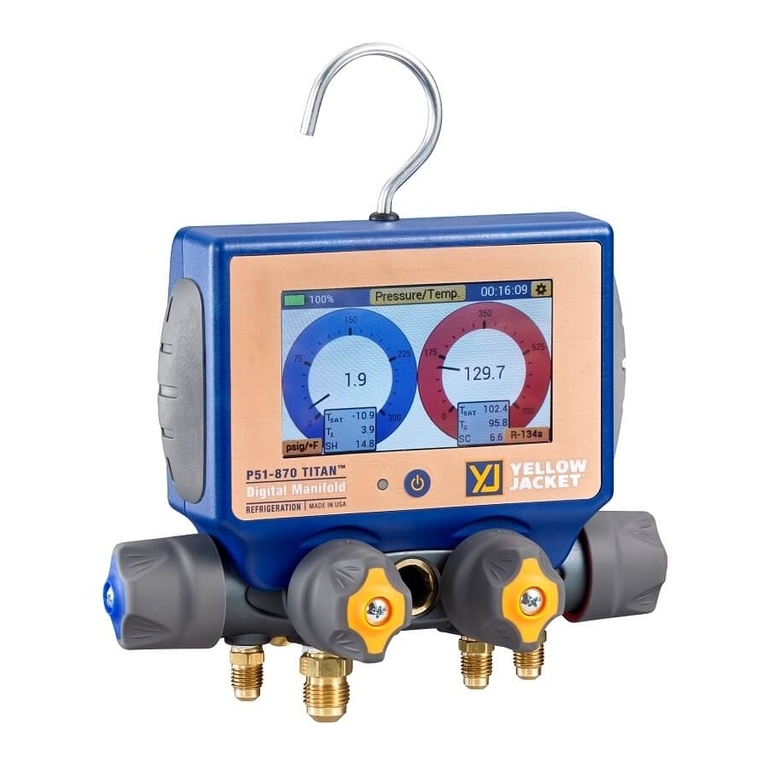
yellow jacket
yellow jacket TITAN P51-870 User manual

yellow jacket
yellow jacket 69086 User manual
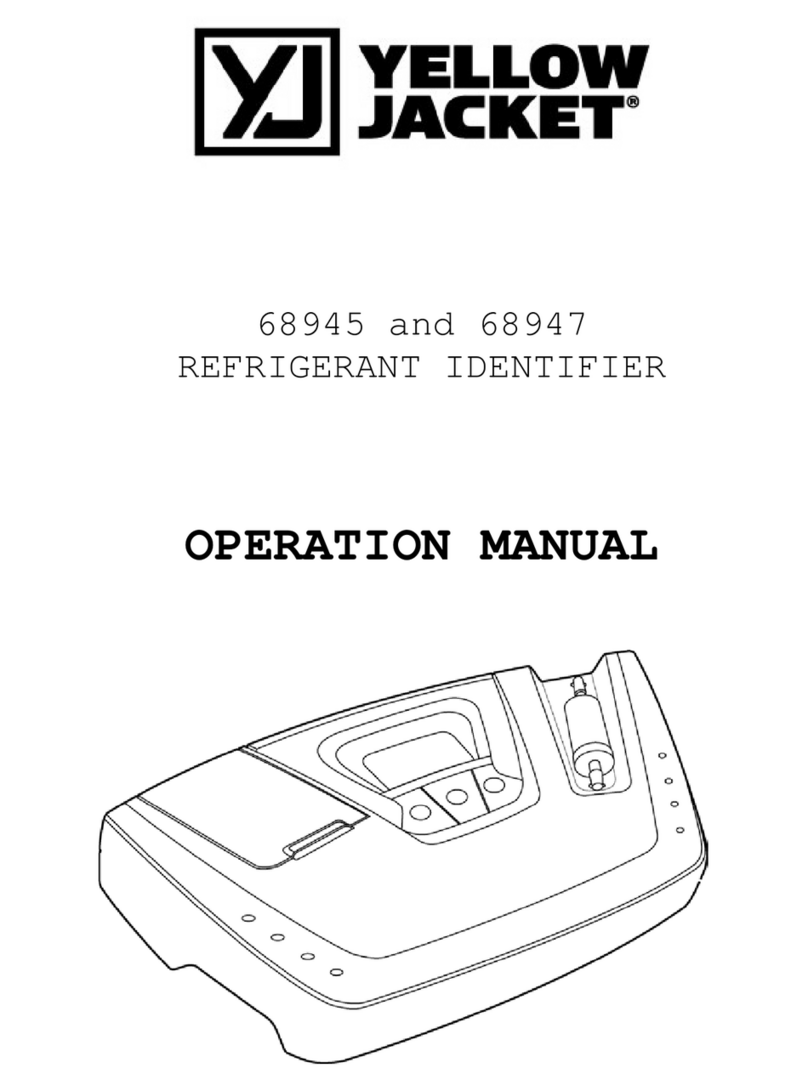
yellow jacket
yellow jacket 68947 User manual
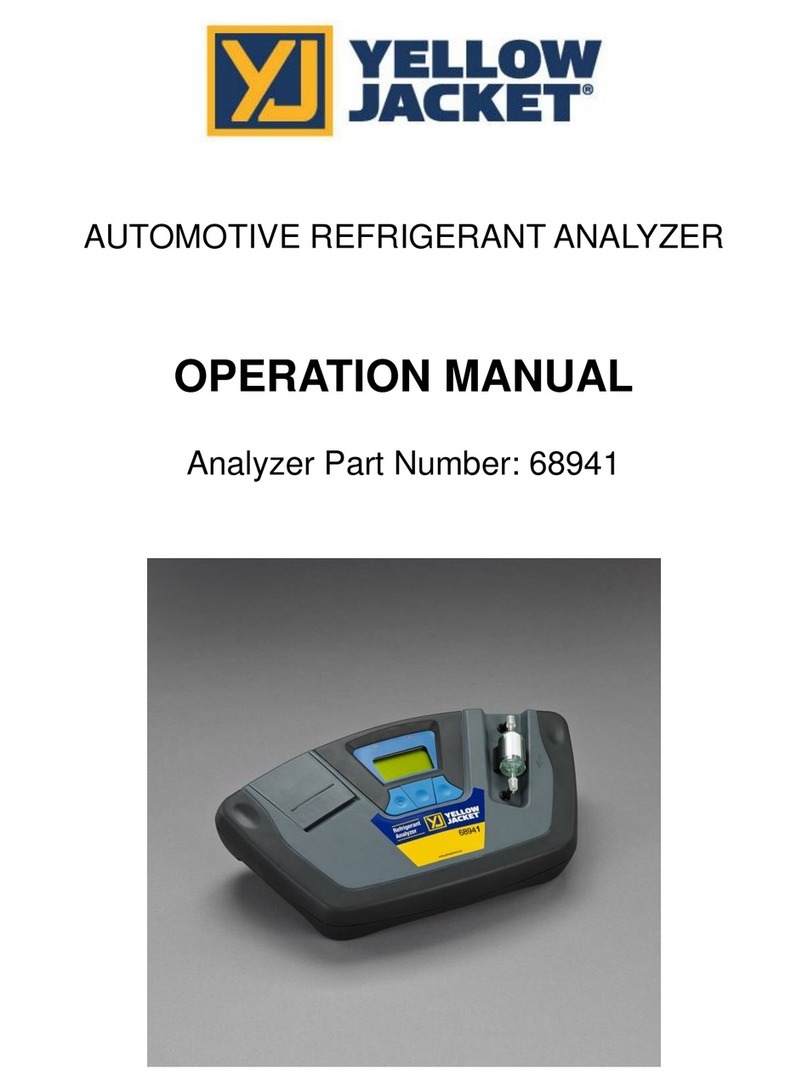
yellow jacket
yellow jacket 68941 User manual
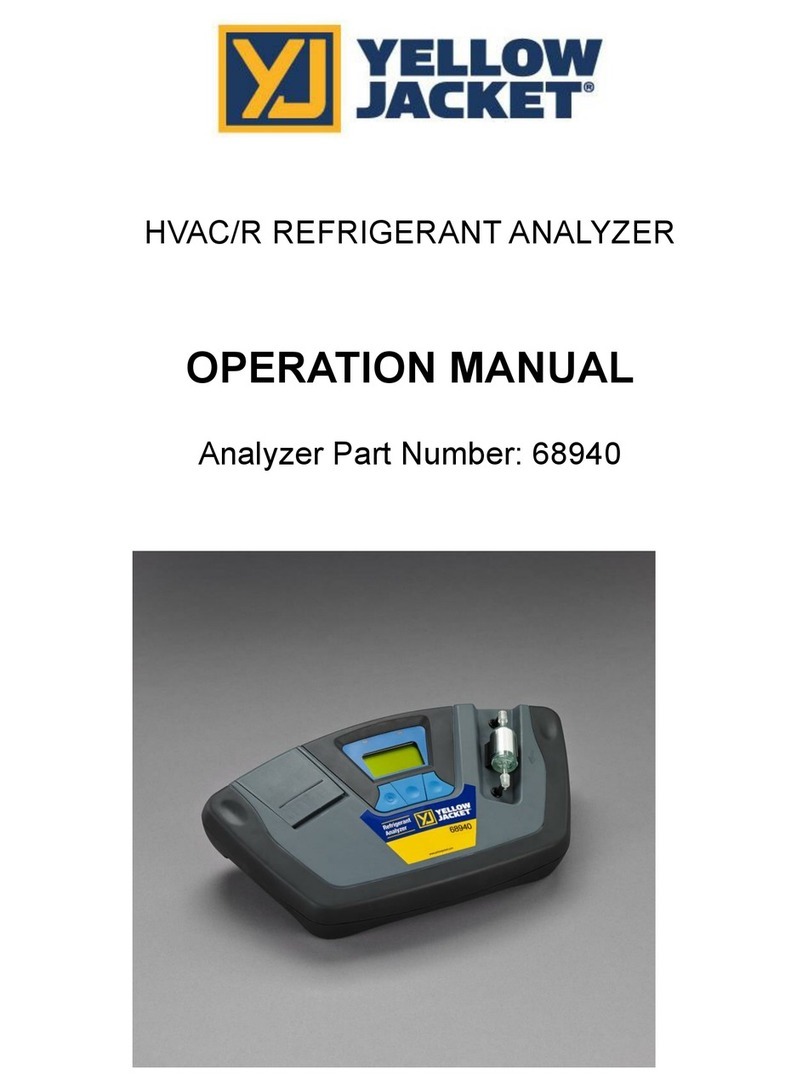
yellow jacket
yellow jacket 68940 User manual
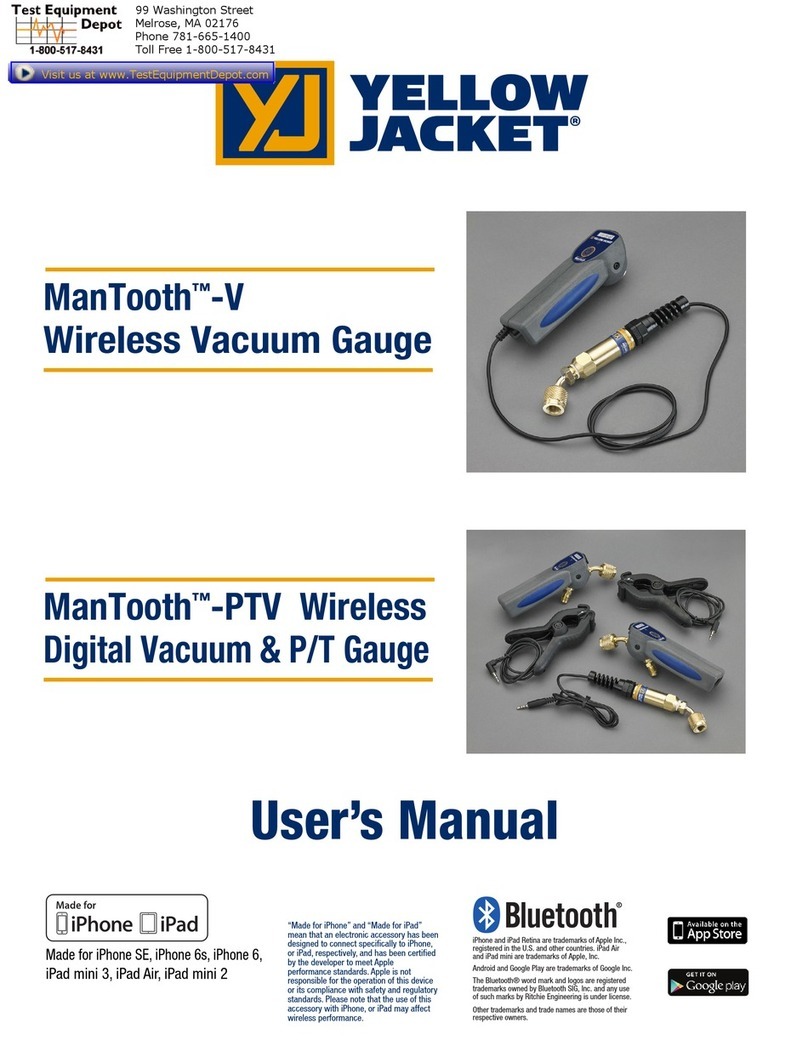
yellow jacket
yellow jacket ManTooth-V User manual
Popular Measuring Instrument manuals by other brands

Powerfix Profi
Powerfix Profi 278296 Operation and safety notes

Test Equipment Depot
Test Equipment Depot GVT-427B user manual

Fieldpiece
Fieldpiece ACH Operator's manual

FLYSURFER
FLYSURFER VIRON3 user manual

GMW
GMW TG uni 1 operating manual

Downeaster
Downeaster Wind & Weather Medallion Series instruction manual

Hanna Instruments
Hanna Instruments HI96725C instruction manual

Nokeval
Nokeval KMR260 quick guide

HOKUYO AUTOMATIC
HOKUYO AUTOMATIC UBG-05LN instruction manual

Fluke
Fluke 96000 Series Operator's manual

Test Products International
Test Products International SP565 user manual

General Sleep
General Sleep Zmachine Insight+ DT-200 Service manual















